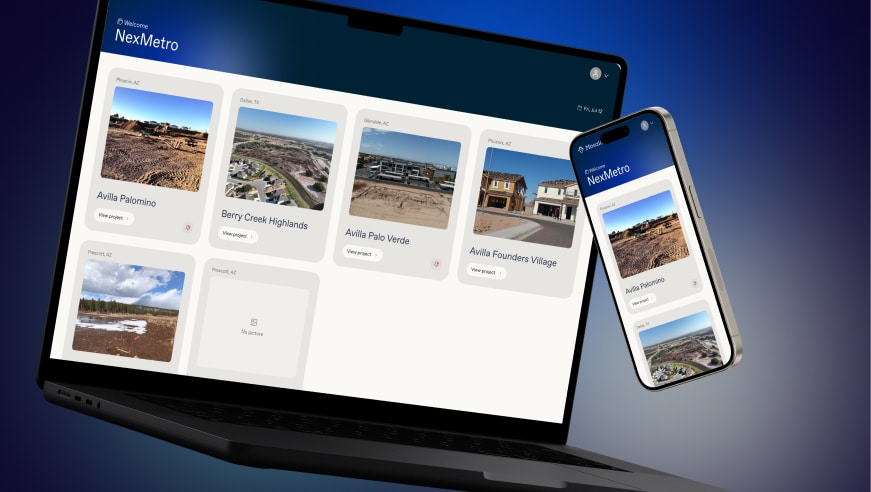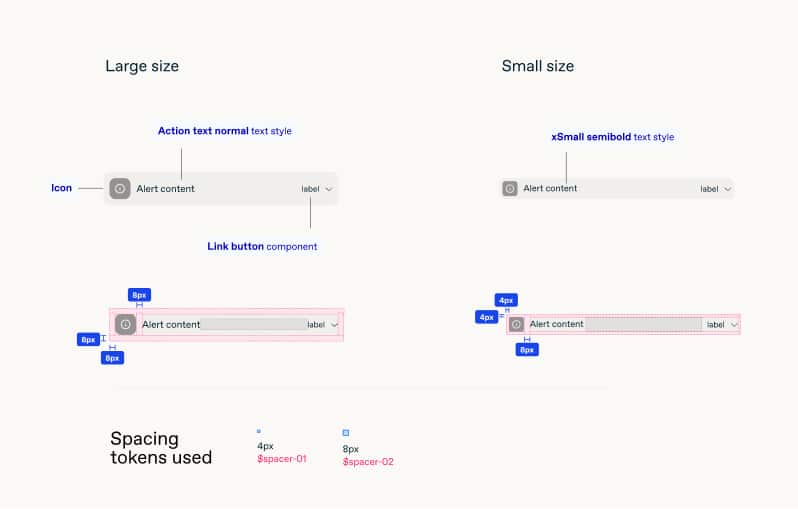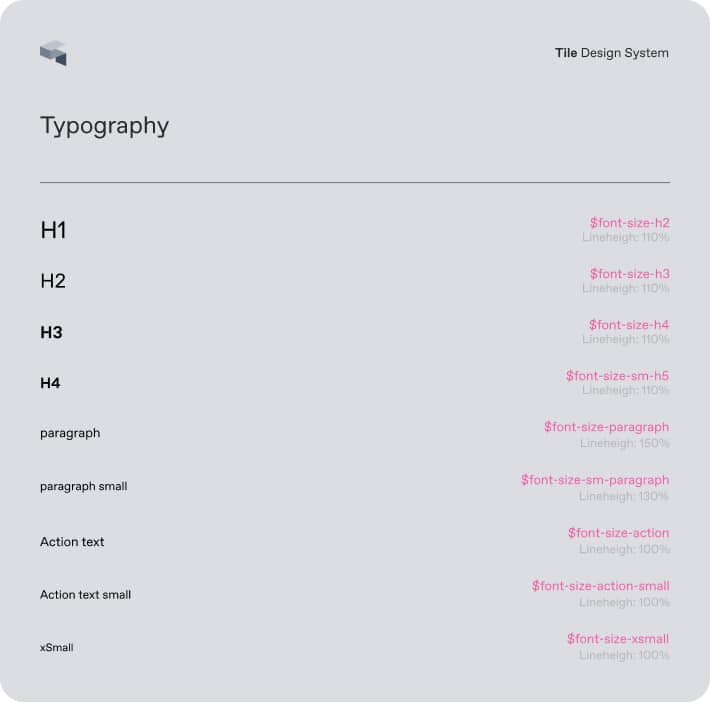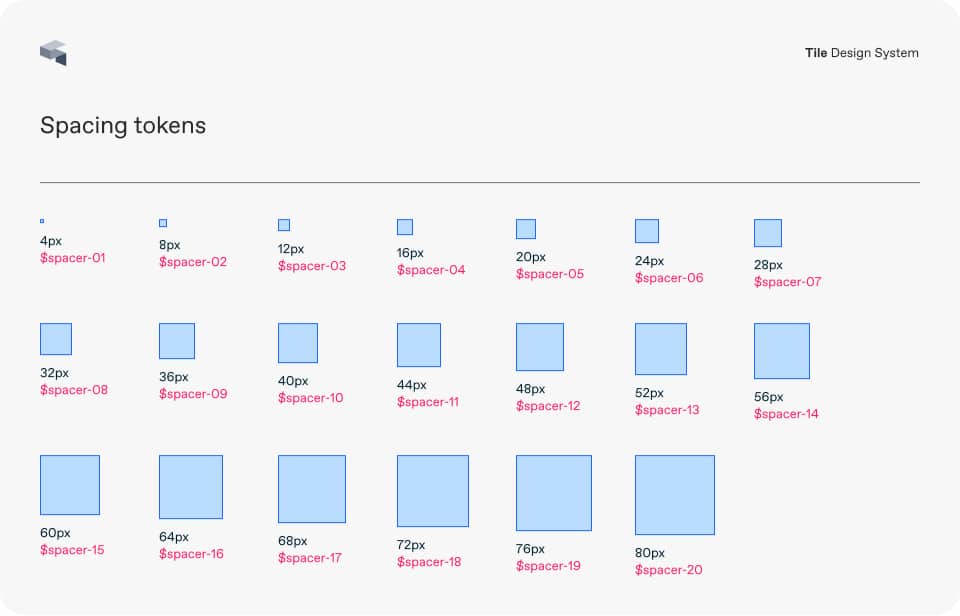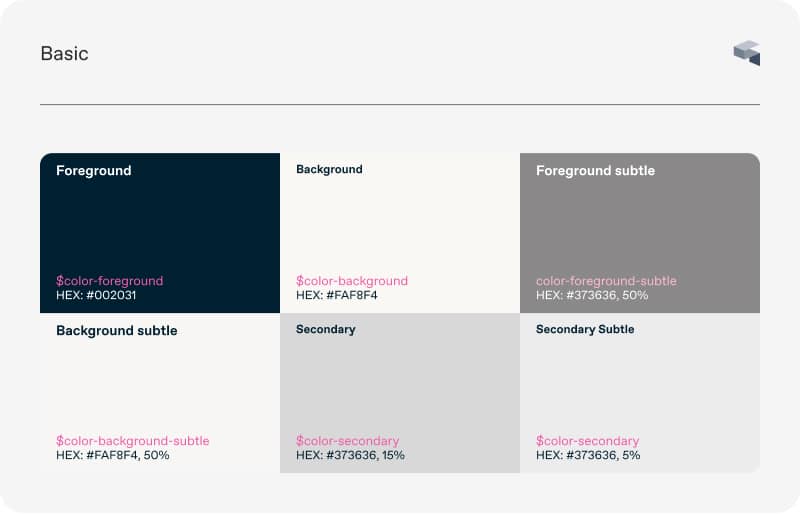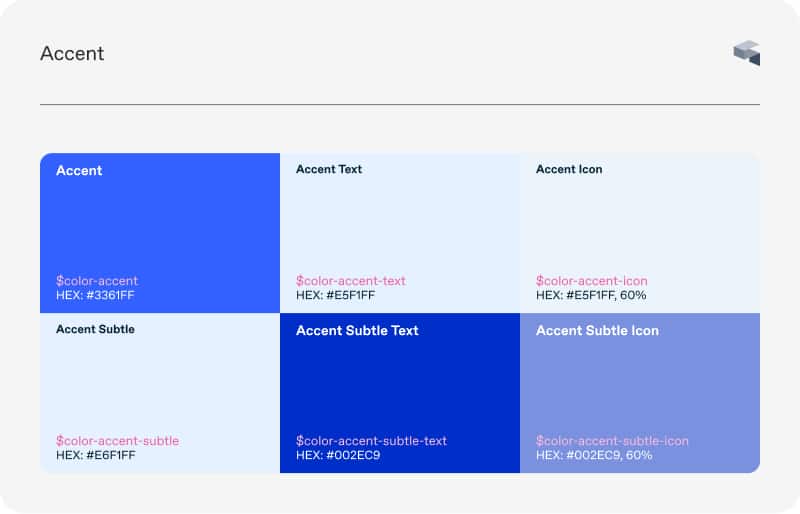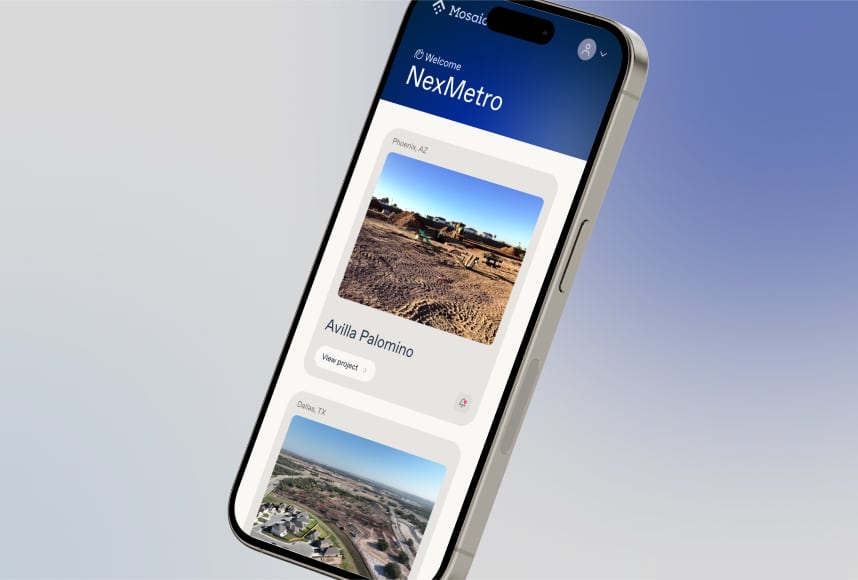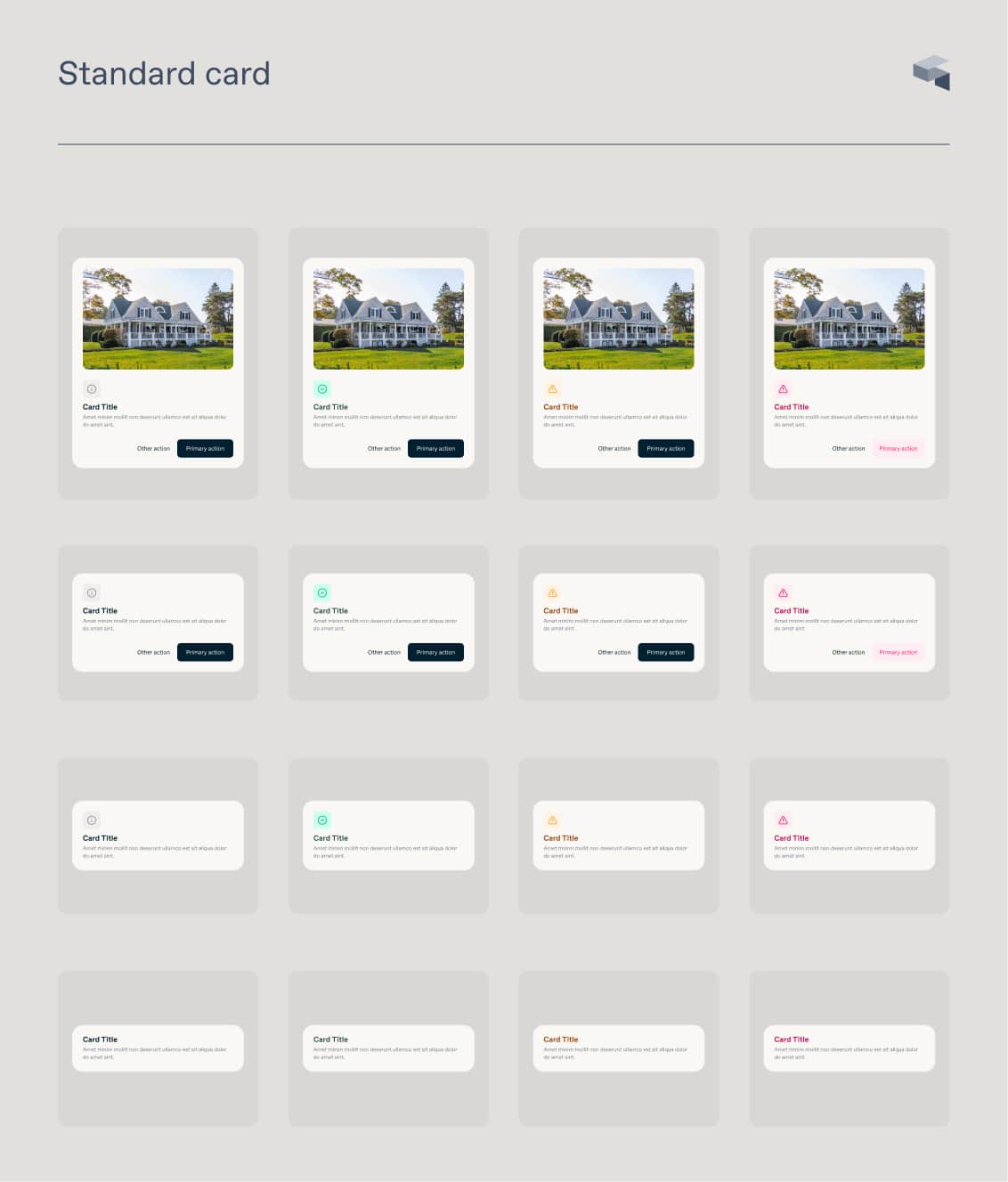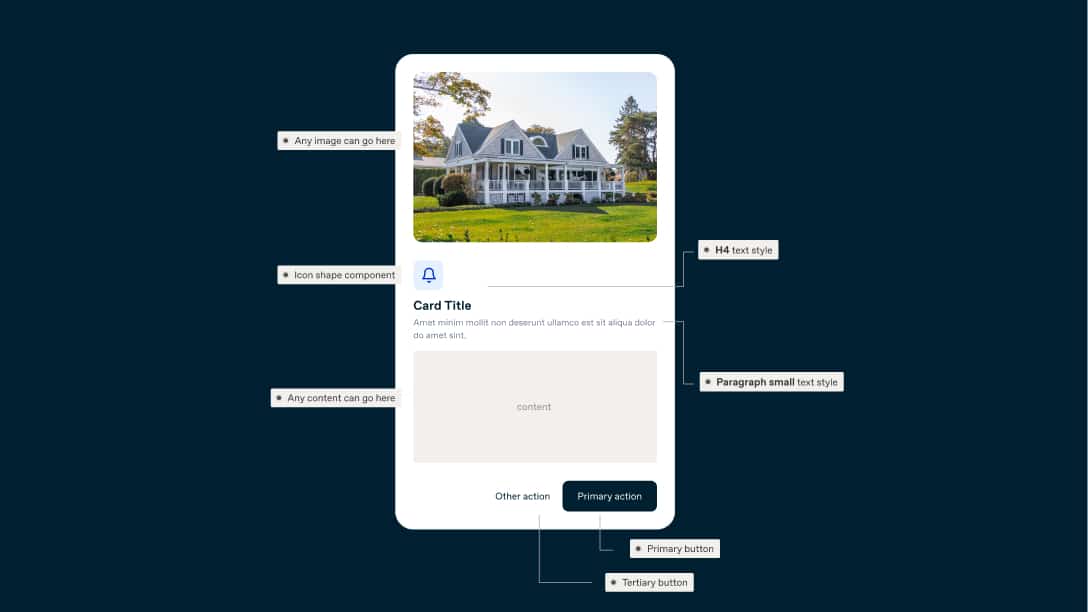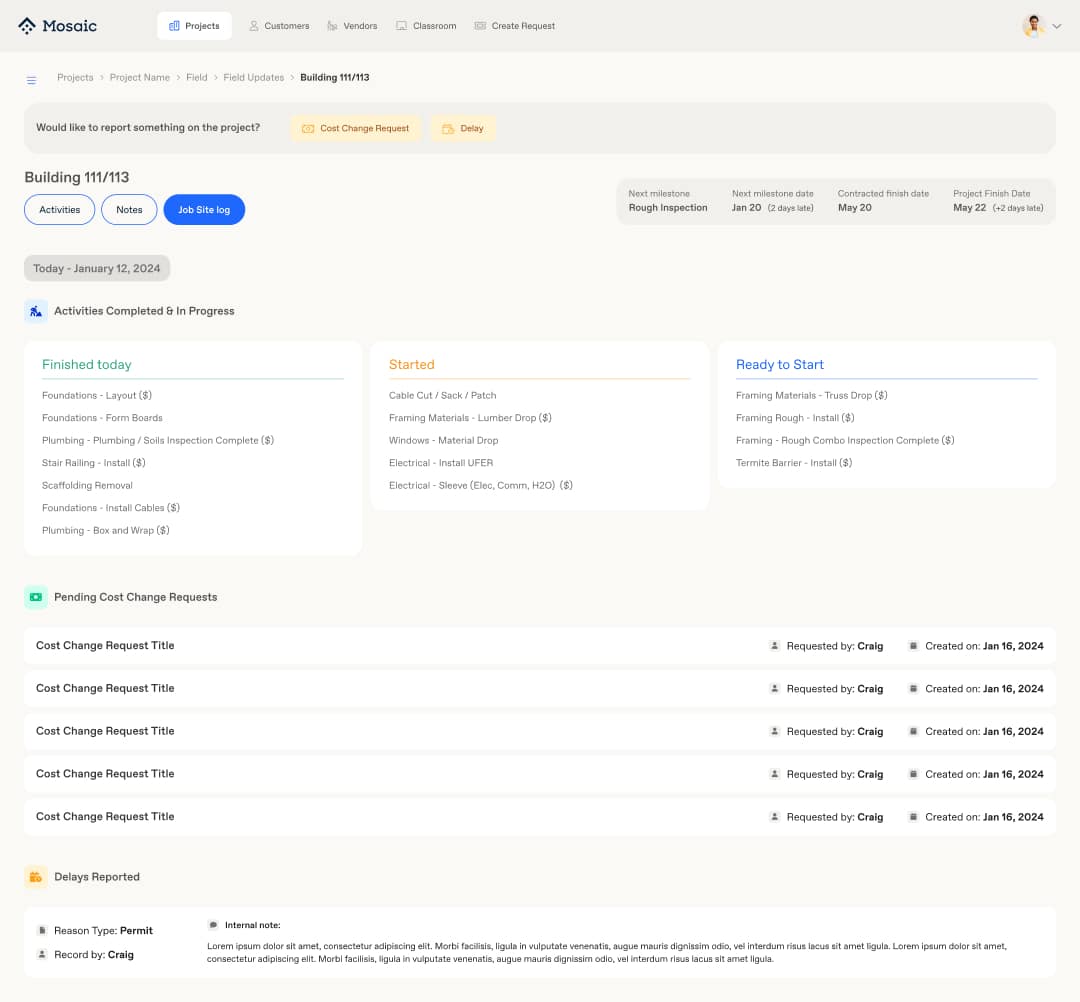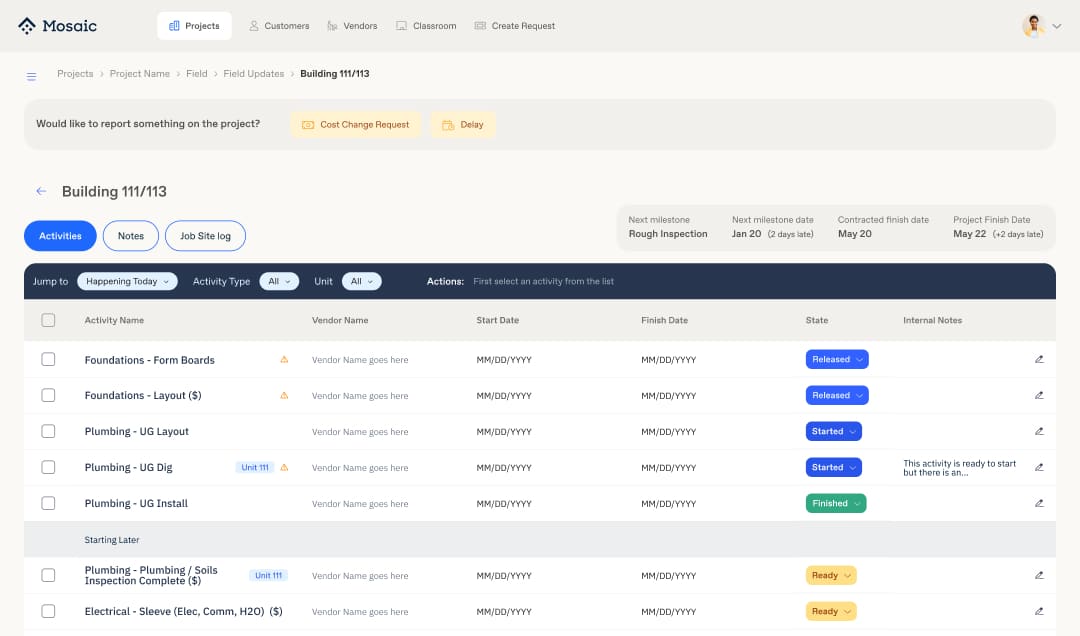Development Process
Although each situation sometimes requires different strategies, the development process for Tile generally followed these key steps. This structured approach allowed us to adapt to specific needs while maintaining a consistent methodology across the project.
1. Audit and Planning
- Conducted a detailed audit to identify essential components involving design, product and engineering teams.
- The result of this phase was a list with all components would be created and coded.
2. Component Design and testing
- Designed components with scalability and reusability in mind following the list from the previous step.
- Testing the components in Figma with real data by mimicking real pages with real content helped to create components and patterns that would deliver the best experience.
3. Documentation and code
- Created detailed documentation and usage guidelines to support designers and developers within the product.
- We had a dedicated page called Tile Design System, accessible only to the design and engineering team. This page contained comprehensive documentation for all components, including guidelines and application examples..
To assist engineers and ensure pixel-perfect components, I contributed also coding and styling most of the components using the library shad.cn/ui and Tailwind CSS.
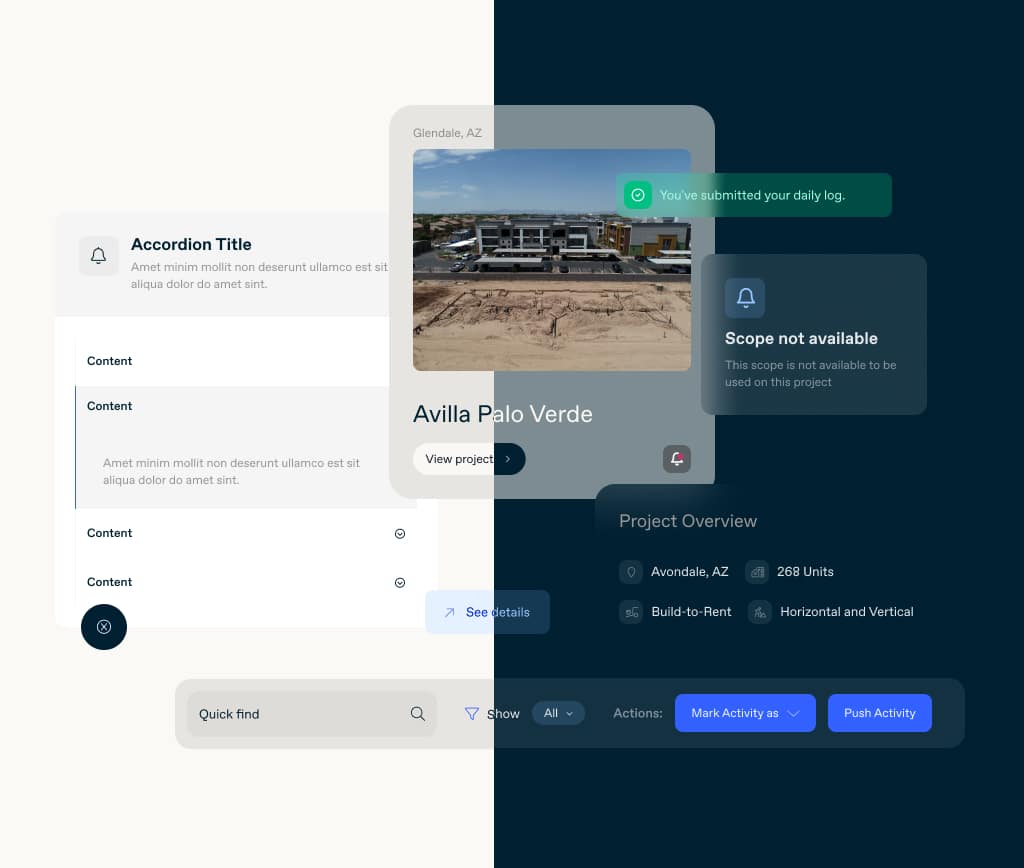 " alt="">
" alt="">
